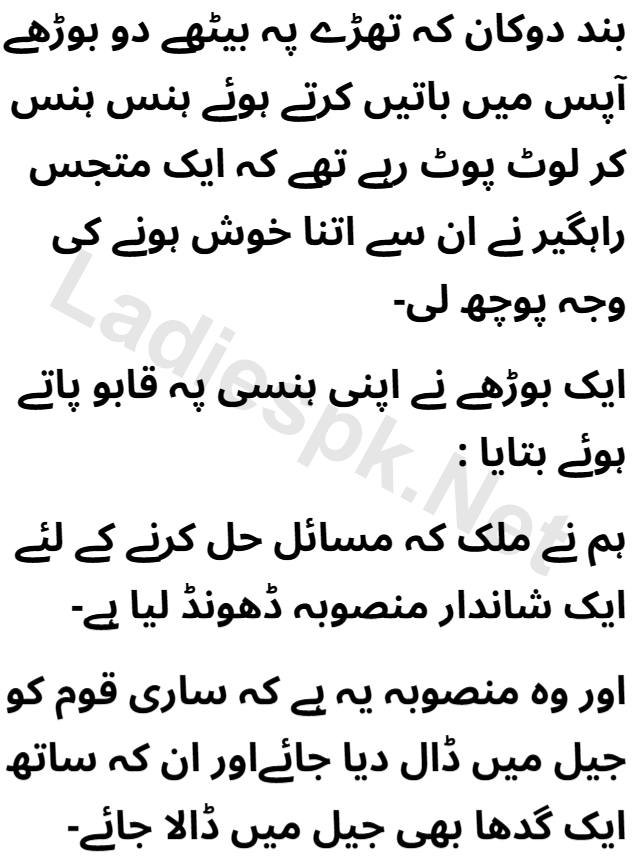Mangoes are a beloved summer fruit, bursting with sweetness and flavor. However, if you have diabetes, you might be hesitant to indulge in this tropical delight due to its natural sugar content. The good news is that, with some careful planning and moderation, you can still enjoy mangoes without wreaking havoc on your blood sugar levels. Here are five tips to help diabetics savor mangoes this summer.
Understand Portion Control
Importance of Moderation
The key to enjoying mangoes as a diabetic is moderation. While mangoes are packed with essential vitamins and minerals, they also contain natural sugars that can affect blood sugar levels if consumed in large quantities. Understanding and practicing portion control can help you enjoy mangoes without overloading on sugar.
Recommended Serving Size
A reasonable serving size for mangoes is about half a cup of sliced mango, which contains approximately 12 grams of carbohydrates. Sticking to this portion size can help you manage your carbohydrate intake and keep your blood sugar levels stable.
Monitor Blood Sugar Levels
Check Levels Before and After Eating
To understand how mangoes affect your blood sugar, it’s important to monitor your levels before and after eating. This will help you see how your body responds to mangoes and adjust your portion sizes accordingly. Keeping a log of your blood sugar readings can provide valuable insights over time.
Use a Continuous Glucose Monitor (CGM)


If you have access to a Continuous Glucose Monitor (CGM), it can be a great tool to track your blood sugar levels in real-time. CGMs can give you a more detailed picture of how your body reacts to different foods, including mangoes, and help you make informed decisions about your diet.
Pair Mangoes with Protein or Healthy Fats
Benefits of Combining Foods
Pairing mangoes with a source of protein or healthy fats can help slow down the absorption of sugar into your bloodstream. This can prevent sudden spikes in blood sugar levels and provide a more balanced energy release.
Examples of Good Pairings
Consider enjoying mango slices with a handful of nuts, a dollop of Greek yogurt, or a few pieces of cheese. These combinations not only enhance the flavor but also add nutritional value to your snack, making it more satisfying and diabetes-friendly.
Choose the Right Time to Eat Mangoes
Optimal Timing for Consumption
Timing can make a significant difference in how your body handles the sugars in mangoes. It’s generally best to consume mangoes earlier in the day when your body’s metabolism is more active. This can help your body process the sugars more efficiently and reduce the likelihood of blood sugar spikes.
Avoiding Late-Night Snacking
Late-night snacking on mangoes is not advisable for diabetics, as your body’s metabolism slows down in the evening. Eating mangoes late at night can lead to higher blood sugar levels the following morning. Stick to daytime consumption for better blood sugar management.
Opt for Whole Mangoes Over Processed Forms
Difference Between Whole and Processed Mangoes
Whole mangoes are a healthier choice compared to processed forms like mango juice or dried mangoes. Processed mango products often contain added sugars and preservatives that can negatively impact blood sugar levels.
Why Whole Mangoes Are Better
Whole mangoes provide fiber, which helps slow the absorption of sugars into the bloodstream. Eating whole mangoes allows you to enjoy their natural sweetness while benefiting from the fiber and nutrients they offer.






